The Palmer Long-Term Ecological Research (LTER) study area is located to the west of the Antarctic Peninsula extending South and North of the Palmer Basin from onshore to several hundred kilometers off shore. Palmer Station is one of the three United States research stations located in Antarctica. It is on Anvers Island midway down the Antarctic Peninsula at latitude 64.7 South, longitude 64.0 West.
The Palmer LTER studies a polar marine biome with research focused on the Antarctic pelagic marine ecosystem, including sea ice habitats, regional oceanography and terrestrial nesting sites of seabird predators. The Palmer LTER is one of more than 26 LTER research sites located throughout the United States, Puerto Rico and Tahiti; each focused on a specific ecosystem, that together constitute the LTER Network.
News from Palmer LTER
Zena Cardman prepares for her first spaceflight
Former PAL student and NASA astronaut Zena Cardman was recently featured by NASA’s Image of…
PAL Researchers Featured in Rutgers Today for their K-12 Outreach
Congratulations to Mya Sharpe, Maya Thomas, and Abby Tomita for their shoutout in Rutgers Today!…
Scott Doney elected to the National Academy of Sciences
PAL Co-PI Scott Doney was just elected as a member of the of the National…
New Paper: Seasonal Variability of Surface Ocean Carbon Uptake and Chlorophyll‐a Concentration
Figure 2 from Turner et al., 2025, showing the seasonal cycles of Chlorophyll-a, pCO2 flux,…
Doney Receives UVA Distinguished Research Award
Congratulations to PAL Co-PI Scott Doney for being honored with a Distinguished Research Award from…
Seabird Research Featured in Bluedot Living
Darren Roberts, Victoria Hermanson, Ricky Robbins and Megan Roberts are based at Palmer Station conducting…


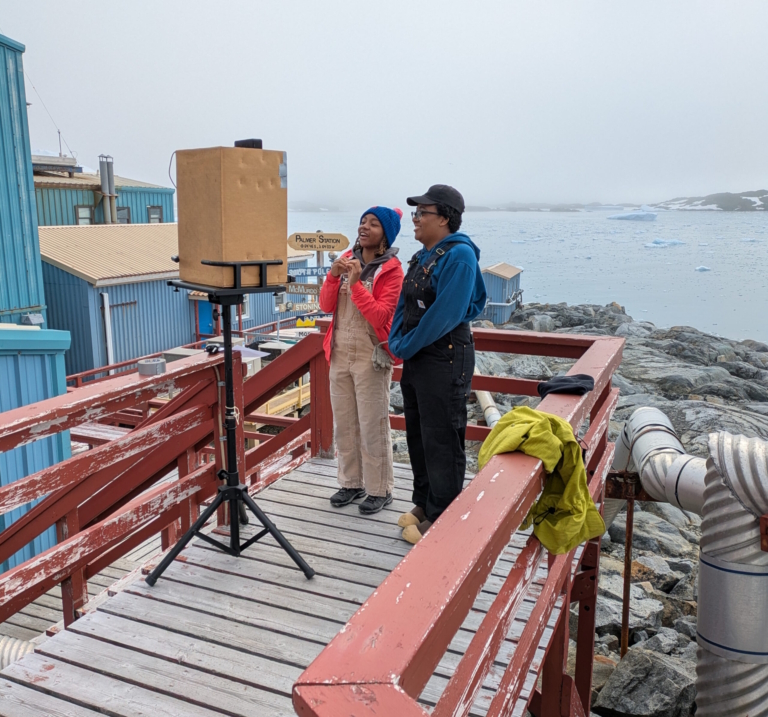
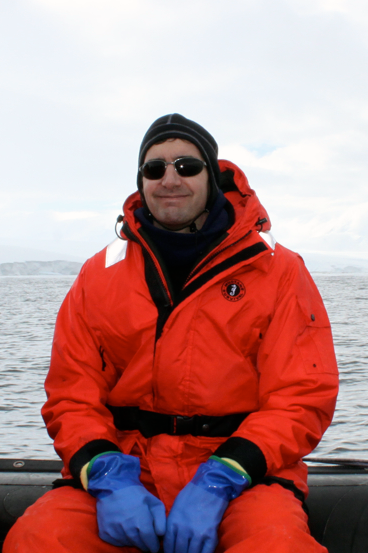
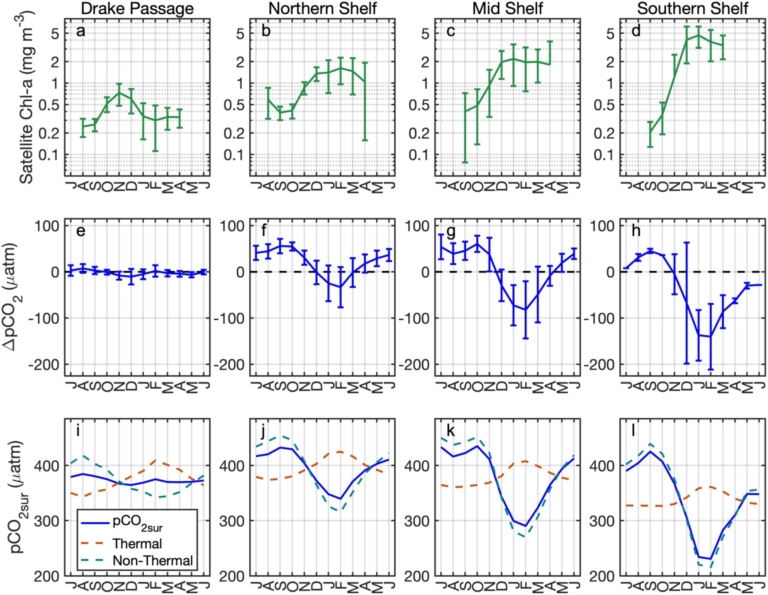


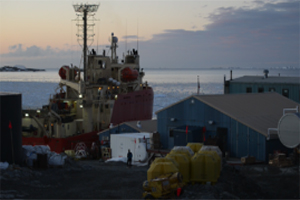
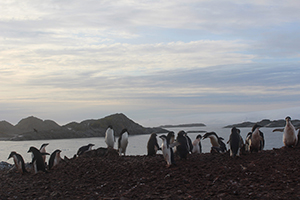


 This site was developed with the support of the National Science Foundation under Grant No. OPP-2224611 and OPP-2026045. Any opinions, findings, and conclusions or recommendations expressed in this material are those of the authors and do not necessarily reflect the views of the National Science Foundation.
This site was developed with the support of the National Science Foundation under Grant No. OPP-2224611 and OPP-2026045. Any opinions, findings, and conclusions or recommendations expressed in this material are those of the authors and do not necessarily reflect the views of the National Science Foundation.